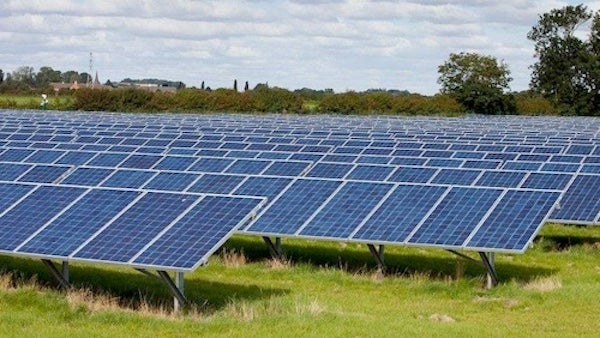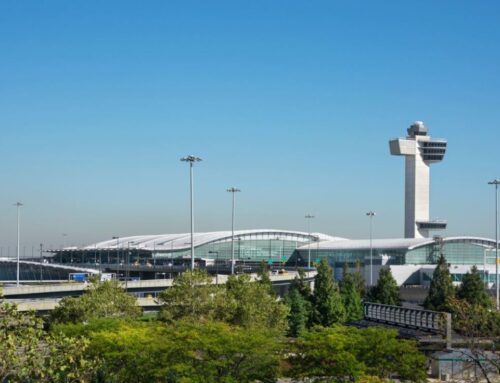Jim Beam column:Louisiana needs solar energy
October 2, 2024
Jim Beam column:Louisiana needs solar energy
Published 6:29 am Wednesday, October 2, 2024

- Solar farms are planned for Panola County, Mississippi.(Photo courtesy of Panolian of Batesville, Mississippi)_.
Solar farms have become a controversial topic in many parts of the country, including Calcasieu Parish. Many of the concerns have been expressed by nearby homeowners and agricultural interests who fear the loss of too much farmland.
Most farmers probably wouldn’t agree, but a number of scientific organizations have said just 1% of the farmland in this country could produce 20% of the country’s solar power.
The Advocate in a Sunday news report explained how solar hubs in the New Orleans area keep power available during Hurricane Francine. And the storm brought extensive flooding to parts of the Gulf Coast in September, and especially to Louisiana.
The newspaper said when Francine made landfall, it triggered days-long power outages for thousands of residents. However, a cohort of churches and community centers sprawled across New Orleans stayed up and running providing power.’
“For the solar-driven ‘community lighthouse’ hubs, the recent storm was a successful test run for more damaging weather events in the future,” the newspaper said.
All nine of the lighthouses that were fully operational when Francine hit opened in the aftermath of the storm and eight of them activated within 12 hours of landfall, according to the coalition Together New Orleans that runs the program.
The solar hubs served over 2,000 people during the storm, which made landfall as a Category 2 that quickly weakened.
The lighthouse initiative began after Hurricane Ida in 2021 when more than 50 congregations and community organizations came together with a vision to offer essentials like power outlets and air conditioning amid widespread power outages.
Together New Orleans has built 12 solar hubs in New Orleans and three others in LaPlace, Shreveport and Marrero. The LaPlace lighthouse was also up and running following Francine.
The Advocate said Together New Orleans wants to expand the program to 86 hubs in every neighborhood of the city and 500 across the state.
Pierre Moses, who heads a renewable energy finance firm and advises the lighthouse initiative, said during a New Orleans City Council committee meeting, “The pilot phase alone has made Community Lighthouse the largest network of renewable energy resilience hubs in the world.”
The community lighthouses can stay lit during blackouts due to commercial-scale solar panels and backup battery systems. Four of the nine sites that opened in the aftermath of Francine operated entirely off-grid, drawing power from their own microgrids.
Moses said the backup batteries can keep the buildings running indefinitely. And that helped make it possible for 100 volunteers to help residents around the city. Together New Orleans said the volunteers distributed around 1,800 meals, 4,000 water bottles and batteries for people who rely on medical devices.
A minister at one church said 89 people came to his church following the storm. The congregation provided power, lunch, water and other services.
The lighthouse program is funded through a mix of federal, state, local and private dollars, including $2 million from the city and $3.8 million in community project federal funding secured by U.S. Rep. Troy Carter, D-New Orleans.
An organizer with Together New Orleans said, “We don’t think that we’re unique. We just think we’re on the front edge of these storms and these weather events.”
Milton Henton of Mandeville in a letter to The Advocate addressed some of the concerns expressed by those who are skeptical of solar power. Some people are concerned about electromagnetic radiation, the environment, release of hot temperatures and water contamination.
Henton explained most of those aren’t really problems and he agreed that protecting the state’s unique ecological areas remains critical and said, “I encourage local and state governments to partner in developing comprehensive plans for solar energy that safeguard our ecosystems.”
“The Coastal Prairie restoration at Prairie Ronde solar farm in St. Landry,” Henton said, “exemplifies a successful model of such an approach.”
Henton said identifying substantive concerns and proactive solutions will make it possible to generate the positive energy that Louisiana needs to succeed.
Solar energy has been around for some time but it is a relatively new industry in this corner of the state. Local and area public bodies hold the key to giving citizens the complete solar energy story they deserve.
Jim Beam, the retired editor of the American Press, has covered people and politics for more than six decades. Contact him at 337-515-8871 or jim.beam.press@gmail.com.
| ReplyForward
Add reaction |
Search
RECENT PRESS RELEASES
Related Post



